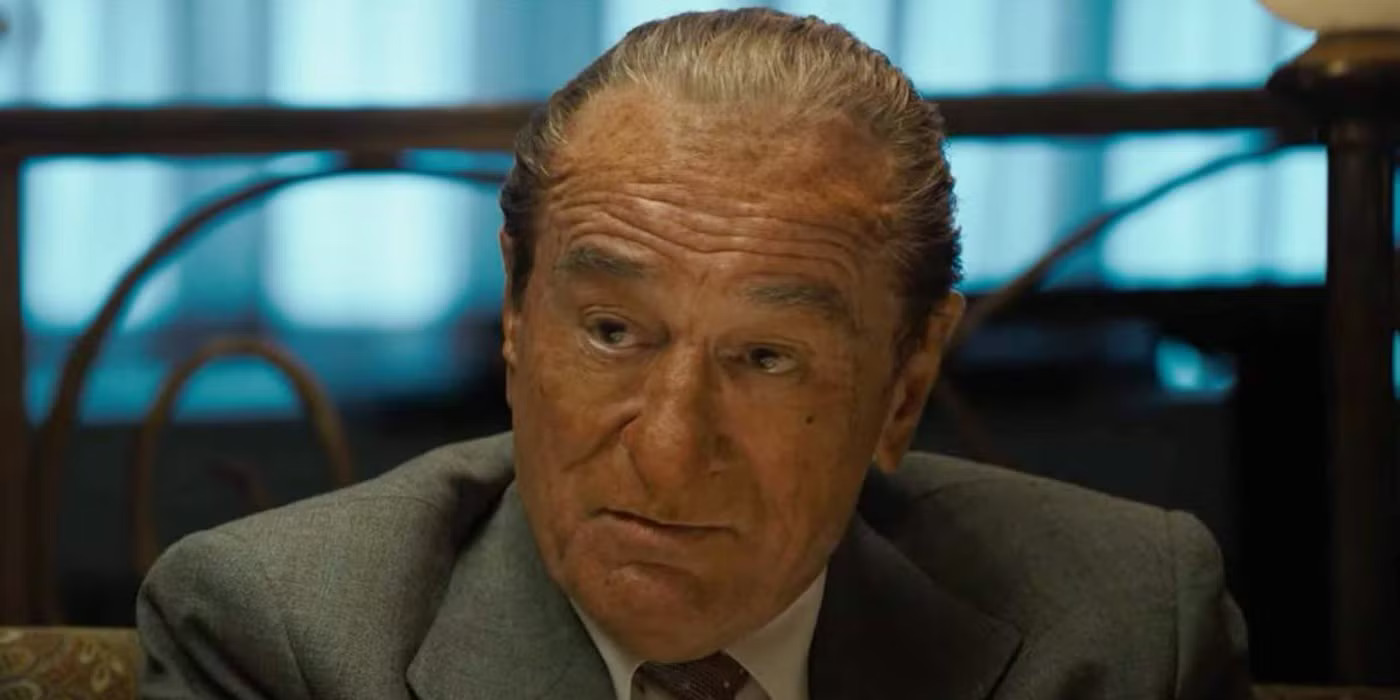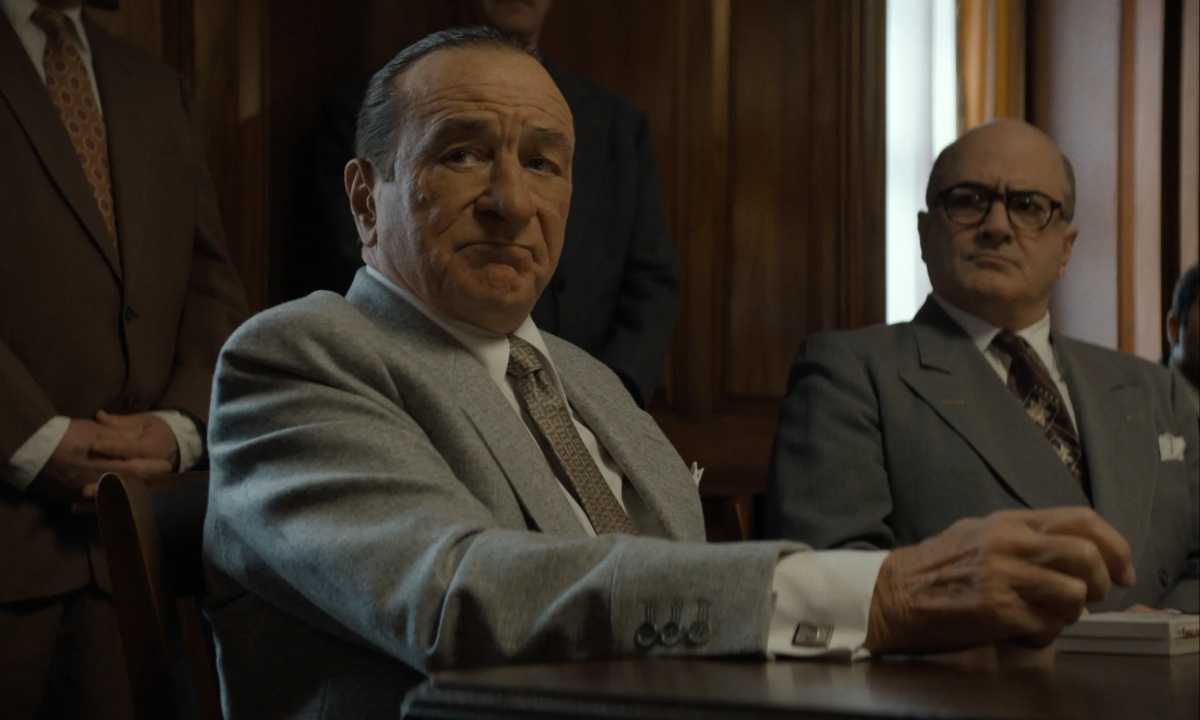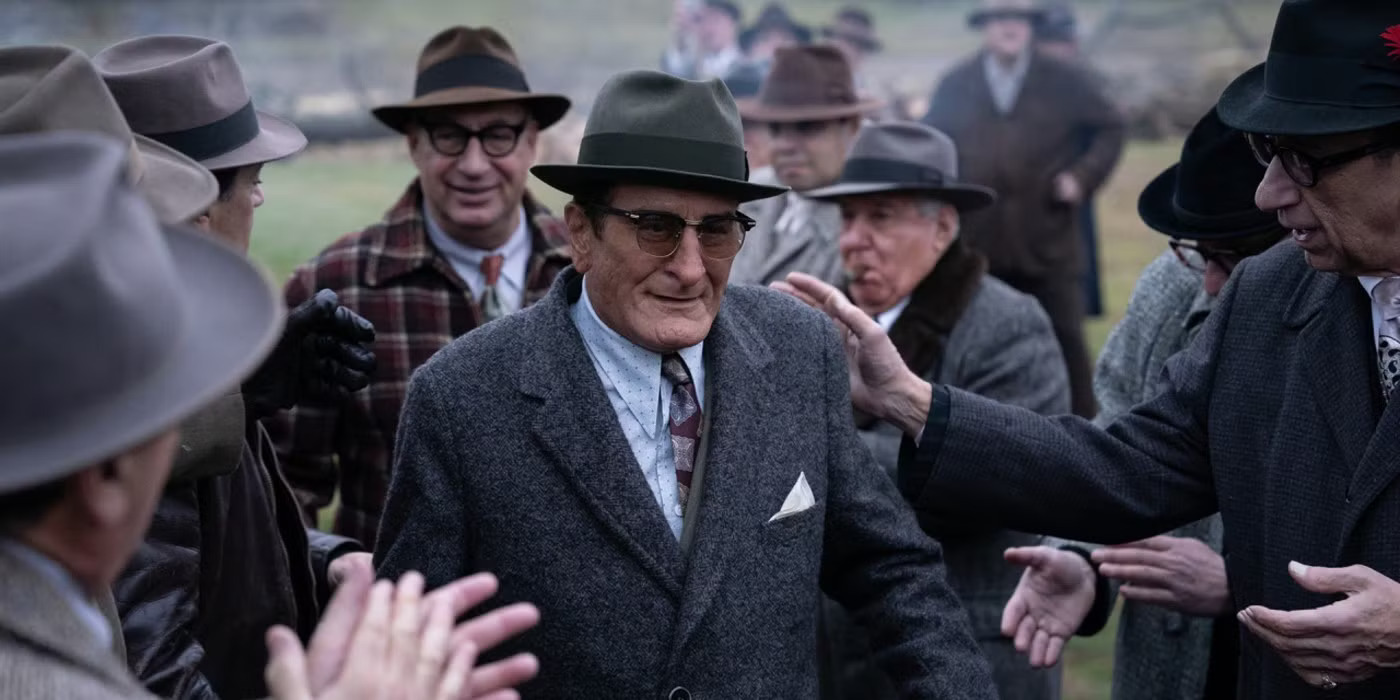The Alto Knights delves into the complex rivalry between Frank Costello and Vito Genovese, two infamous mob bosses. Directed by Barry Levinson and starring Robert De Niro in both leading roles, the film blends historical events with dramatic storytelling. The movie starts with Vito’s failed assassination attempt on Frank and gradually reveals the backstory that led to their intense conflict.
The narrative eventually circles back to the aftermath of the assassination attempt, highlighting Frank’s decision to retire and Vito’s determination to eliminate any threats to his power. However, historical events, including the Apalachin meeting, significantly alter the course of their lives.
As Vito’s ambition grows, Frank realizes that direct confrontation is not the best option. Instead, he chooses a subtler but effective approach: leveraging law enforcement to expose the mafia. Following the murder of Albert Anastasia, Frank sees Vito’s increasing paranoia as an opportunity.
Knowing that Vito anticipates betrayal, Frank decides to play a different game, one that will not lead back to him. The film portrays Frank’s strategy as morally ambiguous but necessary, focusing on how he meticulously orchestrates events that eventually contribute to Vito’s downfall.

Speculation and Power Struggles in The Alto Knights’ Mafia Narrative
One of the major questions the film raises is whether Frank Costello was truly responsible for tipping off the police about the Apalachin meeting. Historically, there is no definitive evidence that he did, but the film presents it as a plausible theory.
Screenwriter Tony DeStefano notes that while there is no factual confirmation of Frank’s involvement, the possibility makes for compelling storytelling. The film leans into this speculation, portraying Frank as a calculating strategist who understands how to use law enforcement against his enemies.
The animosity between Frank and Vito dates back to the late 1930s, when Vito fled to Italy, leaving his power in Frank’s hands. When Vito returned to America in 1946, he expected Frank to relinquish control.
However, Frank refused, leading to growing tensions. The film omits Charles “Lucky” Luciano’s involvement, who historically played a key role in distrusting Vito and influencing these power struggles. Eventually, Vito attempted to reclaim his position through violence, leading to his failed assassination attempt on Frank and setting the stage for their ultimate confrontation.
The Apalachin meeting was a pivotal event in mob history and is depicted as a turning point in The Alto Knights. Organized by Vito Genovese to solidify his authority, the meeting was meant to unite key mafia leaders. However, law enforcement caught wind of the gathering due to suspicious activity, such as large orders of food and booked hotel rooms.
As in reality, the film shows how police surveillance led to the detention of multiple mafia bosses. This event ultimately weakened the criminal organization and marked the beginning of increased federal scrutiny on organized crime.

Two Men One Fate The Duality of Power in The Alto Knights
At its core, The Alto Knights explores the theme of duality. Robert De Niro’s portrayal of both Frank and Vito reinforces the idea that, despite their differences, they share common traits. Both men came from similar backgrounds but took drastically different paths—one seeking calculated control while the other ruled through fear and violence.
The title itself, The Alto Knights, signifies their shared past and the inevitability of their clash. The film ultimately suggests that while Frank may have outmaneuvered Vito, they were two sides of the same coin, bound by the same ruthless world.
While The Alto Knights may not have received the same critical acclaim as some of Robert De Niro’s previous mafia films, it provides a compelling narrative of power struggles within the mob.
The historical embellishments add drama while keeping the essence of real events intact. By highlighting Frank Costello’s intelligence and Vito Genovese’s aggression, the film offers a nuanced look at mafia dynamics. Whether or not all the events happened exactly as depicted, The Alto Knights succeeds in portraying the intricate and dangerous world of organized crime.



